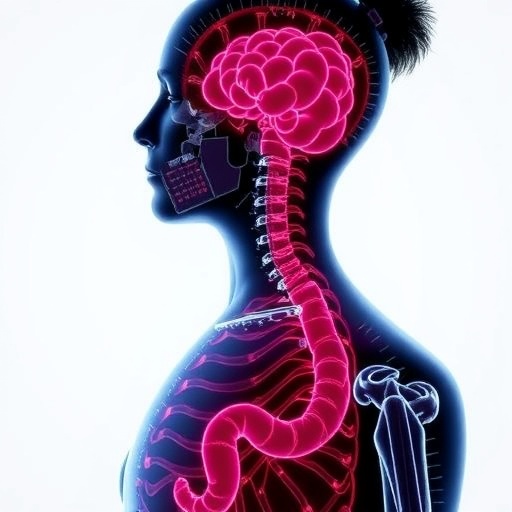ITHACA, N.Y. – As if people living with diabetes didn’t have enough health concerns, here’s another: increased risk of metastatic cancer. New Cornell University research points to a possible explanation for this health double whammy.
“Cancer and diabetes are two of the worst health problems in developed countries, and there’s a link between the two,” said Mingming Wu, professor of biological and environmental engineering. “For cancer, half of the story is still in genetics. It’s only recently we realized there is another half that we missed, which is the microenvironment.”
In order for cancer to metastasize, the malfunctioning cells must travel through a slurry of minerals, carbohydrates, water and connective tissue to get into the bloodstream, through which it travels to a different part of the body. That slurry – known as extracellular matrix, or ECM – is a complex and dynamic environment. A main component is collagen, a protein that supports cell structural integrity.
Collagen fibers are composed of nanometer-sized strands, called fibrils. These fibrils combine to form fibers of varying length and thickness. In diabetics, elevated blood sugar levels influence the architecture of collagen fibers in ways that promote cancer cell movements throughout the body, according to the research.
Wu compared the structure to a playground rope climber. Getting across is tricky if the ropes are droopy but when the ropes are taut, movement is much easier. It’s similar for cancer cells.
“Diabetics have higher blood sugar levels which lead to glycation and changes the structure of the collagen in their tissue,” said Young Joon Suh, a graduate student in biological engineering and lead author. “If they happen to have cancer, we believe this glycation process promotes the rate of metastasizing.”
Using breast cancer cells in their study, the scientists experimented with varying glycation concentrations and used software to track the trajectory of the cells as they moved through the three-dimensional space. The researchers found the cells moved farther and faster in highly glycated environments than in non-glycated ones.
Wu’s findings are reported in “Glycation of Collagen Matrices Promotes Breast Tumor Cell Invasion,” published May 1 in Investigative Biology. Minglin Ma, assistant professor of biological and environmental engineering, Larry Bonassar, biomedical engineering professor, and Jeffrey Segall, a cancer biologist at Albert Einstein College of Medicine, are co-authors.
###
The research was funded by the National Institutes of Health and the Cornell NanoScale Science and Technology Facility.
Cornell University has dedicated television and audio studios available for media interviews supporting full HD, ISDN and web-based platforms.
Media Contact
Lindsey Hadlock
[email protected]
http://dx.




